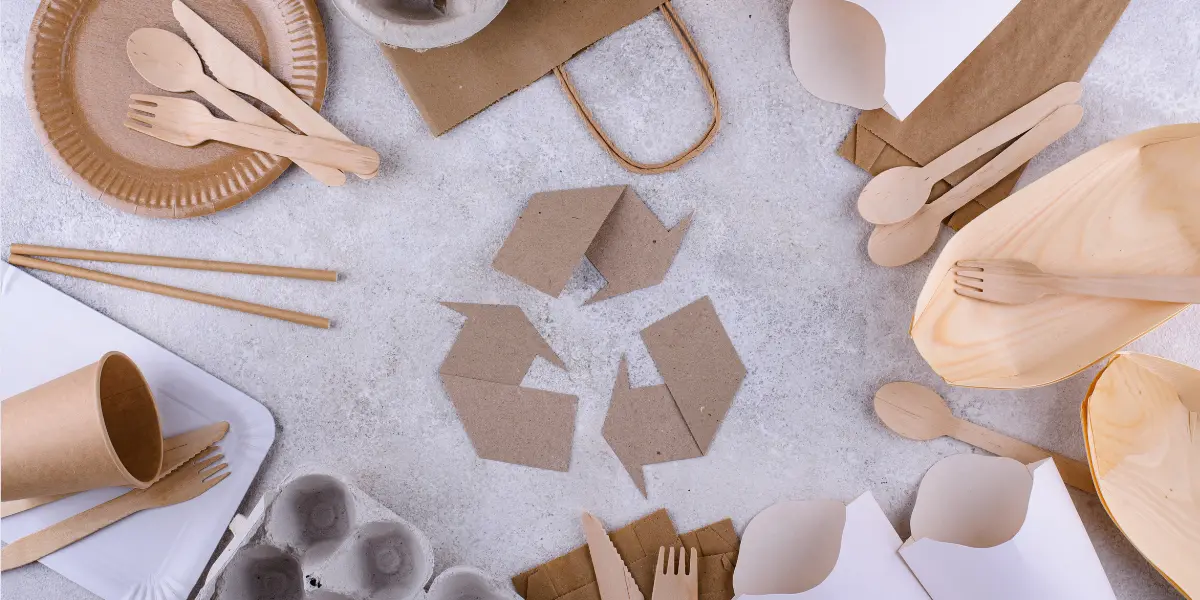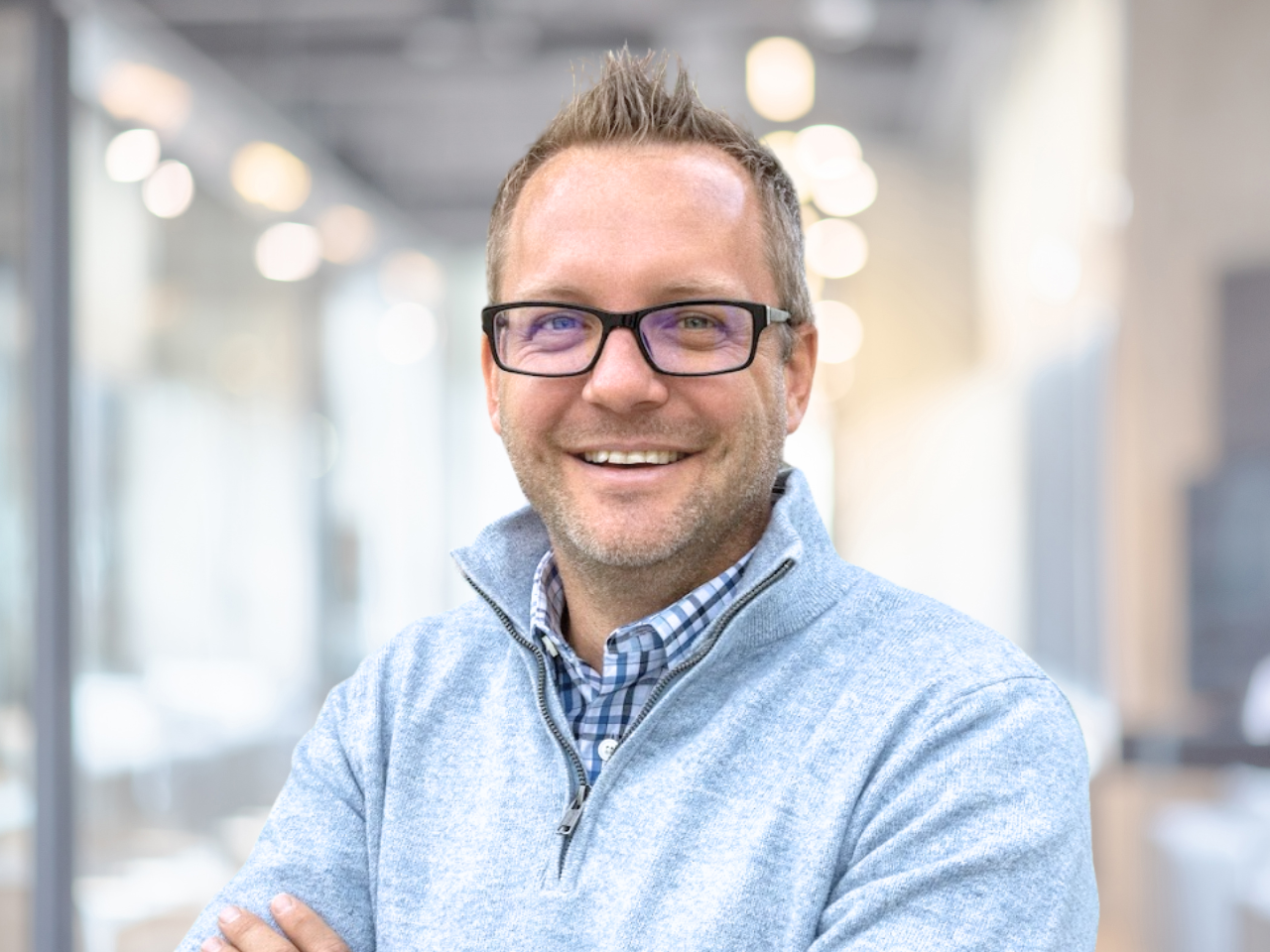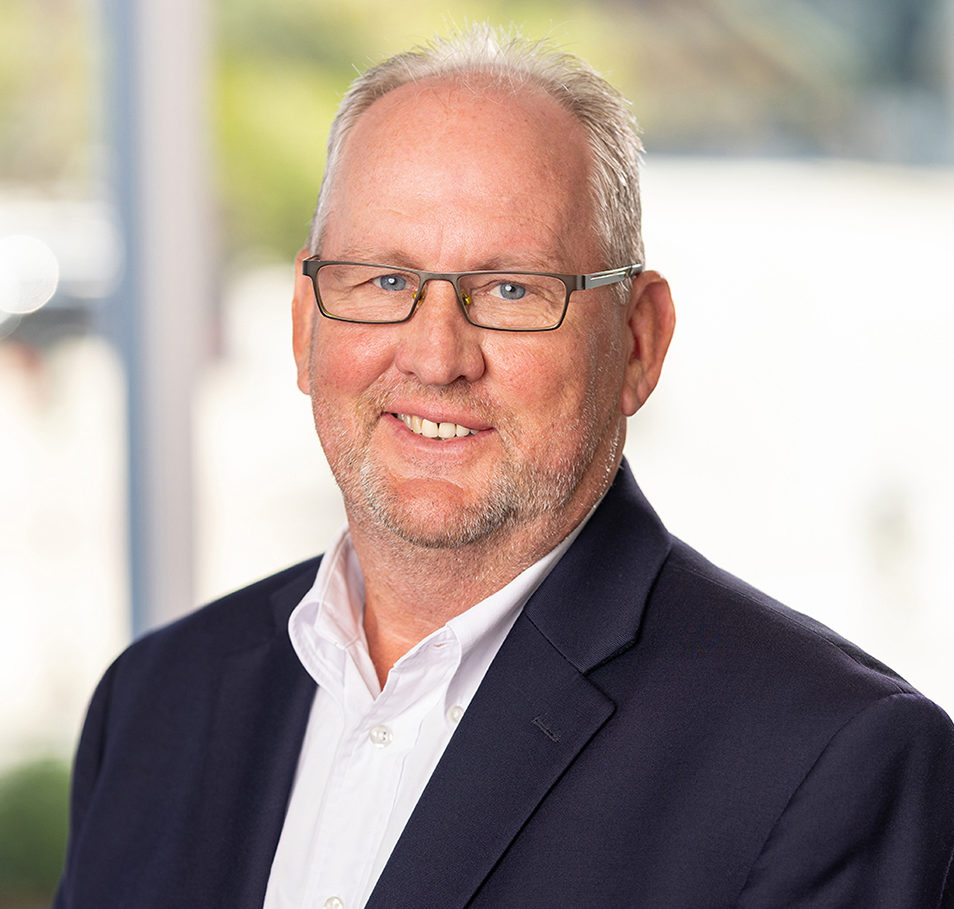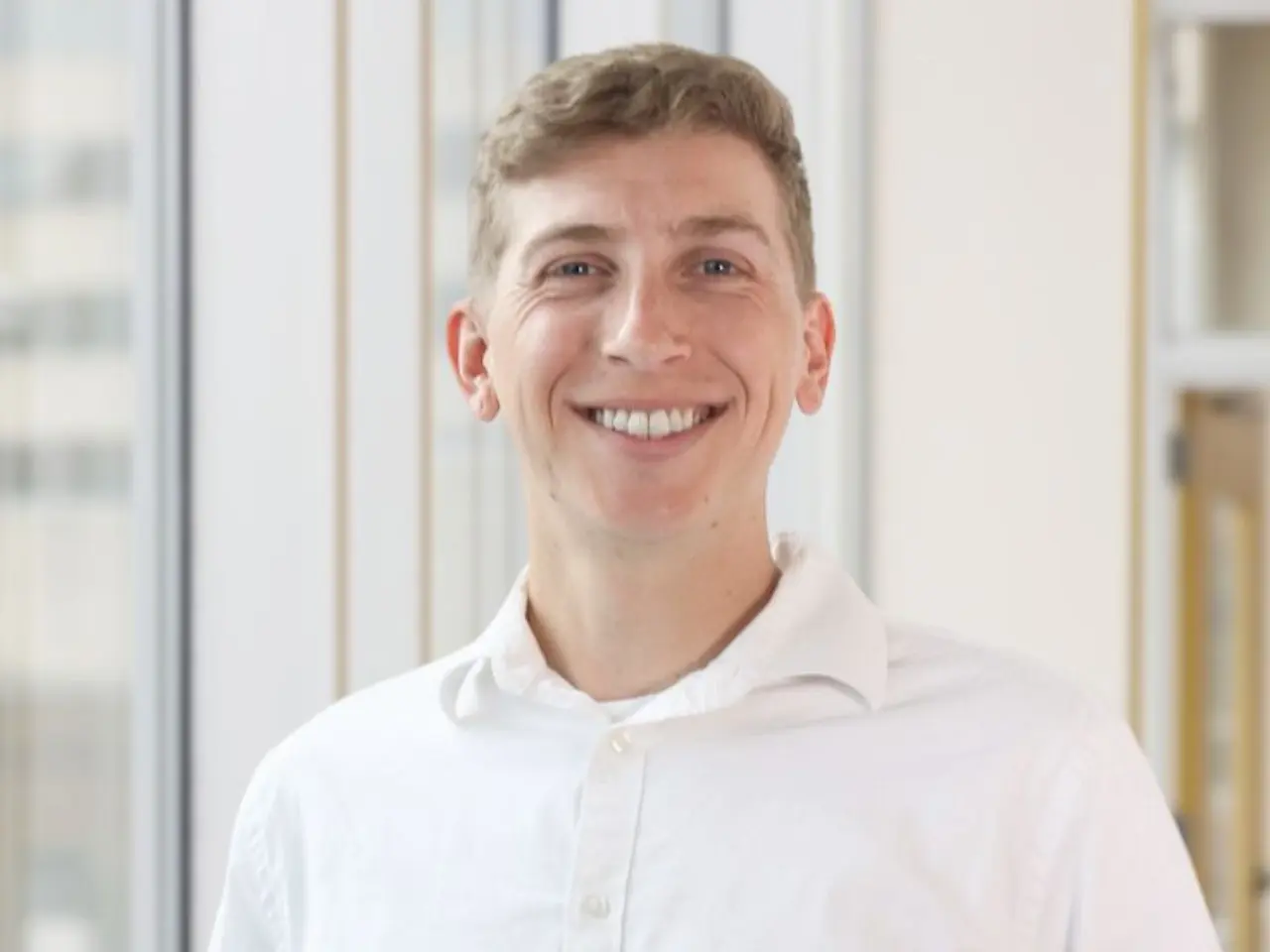Sustainable packaging: the elephant in the room

Sustainable packaging is no longer a compromise for businesses looking to futureproof their operations, it’s a necessity.
Historically, major packaging changes were daunting, especially across large product lines. Extensive testing for product validation made transitions costly and time-consuming.
While simulation and modeling software have long helped engineers test designs virtually before prototyping, the real breakthrough has come from integrating AI and automation.
How the industry is evolving
New AI tools have unlocked predictive analysis and design optimization that were once too expensive and complex. These advancements accelerate development and make innovation more accessible, particularly for legacy products that require long-term durability.
The impact of AI grows even stronger when combined with 3D printing, which enables rapid prototyping and custom tooling. This combination shortens design cycles, lowers costs and ensures that new packaging is sustainable and compatible with modern automated manufacturing.
Related: Sustainability in the plastics and packaging sector
Beyond AI and automation, high-performance recycled and bio-based materials now deliver near-virgin quality, ensuring strong product protection and shelf life. Nanotechnology-driven barrier innovations allow for lighter packaging without compromising durability. Smart materials provide real-time product insights, such as freshness or temperature, through color changes or other indicators.
These improvements enhance marketability, reduce costs and create better consumer experience, and they’re all becoming more accessible with the advent of AI and automation.
Key considerations
With these advancements, companies will find it harder to justify outdated packaging practices. Modern systems can now accommodate a wider range of materials and designs, making the transition to sustainable options more practical and cost-effective.
New packaging solutions should be designed not only for consumer appeal and protection but also for seamless integration with current and future automation technologies. While shifting to sustainable practices is essential, companies do not need to overhaul everything overnight.
How do you eat an elephant? One bite at a time. The same goes for sustainable packaging. It is a big shift, but higher profitability and stronger brand differentiation make it worthwhile. Start small. Launch a pilot program. Consult an expert. Just take the first step.
Are you seeing interesting developments regarding sustainability in the plastics and packaging industry? We want to hear about it! Contact Jesse Warnke at (336) 217-9102 or jesse.warnke@charlesaris.com.
SIMILAR ARTICLES
Meaningful conversations: How our deal-sourcing team connects with founders
We launched our transaction services business with the guiding philosophy that meaningful conversations lead to successful deals.
The new era of workplace wellness at Charles Aris
Throughout the past year, we’ve also integrated firmwide activities into our culture to promote healthy meditation, social events and exercise.
Charles Aris in the community
Our firm places a high value on giving back to our communities, and our team members have been working alongside several organizations to do so.




